Wrapping up the WordCrafter “Will Write For Wine” & “Stories I Stole From Lord Byron’s Bastard” Book Blog Tour
Posted: July 4, 2022 Filed under: Beach Reads, Blog Tour, Book Promotion, Book Review, Giveaways, Guest Post, Romantic Comedy, WordCrafter Book Blog Tours | Tags: Beach Reads, Romantic Comedy, Sara W. McBride, Will Write for Wine, WordCrafter Book Blog Tours 9 Comments
This is the last stop on the WordCrafter Will Write For Wine & Stories I Stole From Lord Byron’s Bastard Book Blog Tour with a guest post by author Sara W. McBride about the inspiration behind the Will Write For Wine, and my review of her debut novel. I want to thank you all for joining us, and if you missed any of the stops along the way, you can catch them at the links below.
Writing to be Read – Opening day post: Guest post by Sara W. McBride – The Inspiration for “The Devil’s Bridge”, and review of Stories I Stole From Lord Byron’s Bastard
The Showers of Blessings – Guest post by Sara W. McBride – The inspiration for “Stealing Georgione’s Mistress”
Carla Loves to Read – Guest post by Sara W. McBride – The inspiration for “The Masked Kiss”, and review of Stories I Stole From Lord Byron’s Bastard
Writing to be Read – Interview with author Sara W. McBride and guest post – The Inspiration for “Lazzaretto Vecchio: A Dowry for Saffron”
Zigler’s News – Guest post by Sara W. McBride – The Inspiration for “A Gentleman’s Portrait by a Pregnant Man”, and a review of Stories I Stole From Lord Byron’s Bastard
Annette Rochelle Aben – Guest post by Sara W. McBride – The Inspiration for “The Haunted Palazzo”
Roberta Writes – Guest post by Sara W. McBride – The Inspiration for “The Secret Vault”
Give-Away
Don’t forget to leave a comment and click on the link below to enter for a chance to win a free digital copy of Will Write For Wine or Stories I Stole From Lord Byron’s Bastard.
http://www.rafflecopter.com/rafl/display/d9280cae1/?

Credit: Laocoön statue, Vatican, Photo by Frank Eiffert on Unsplash
Inspiration for Will Write for Wine
Guest post by author Sara McBride
What inspired the novel Will Write for Wine?
My love affair with Venice began in 2005 on my very first trip to Italy. I had planned a two-week research trip, by myself, that started in Venice and ended in Rome. My husband had shown me an article about an art historian who believed a sketch by Michelangelo, dated 1504, was of the torso of Laocoön, the statue that Pope Julius II paraded through the streets of Rome and subsequently launched the Vatican Museum. But Laocoön wasn’t discovered until 1506, and it’s discovery changed the world of Renaissance art.
How did Michelangelo sketch a statue that was still buried in the earth? The hypothesis was simple: Michelangelo forged the statue and buried it.
I spent 6 months researching Michelangelo’s life, his art commissions, and his war with Pope Julius II—Which is epic!—and came to the conclusion that the hypothesis might be true. I built a 76-page itinerary—fully color-coded, because I’m that anal—and set out across Italy to walk the steps of Michelangelo and those I believed assisted with his subterfuge.
I hunted for evidence in the art world itself. Since I wanted to write a novel, I also sought ambiance from historical locations and wrote down the smells of restoration sites with turpentine and plaster dust hanging in the air, the sounds of echoing footfalls in an empty cavernous church or of a single woman weeping in a side chapel, the taste of rustic breads, the sight of sunset over St. Peter’s Basilica in Rome, and the smoothness of Istrian stone supporting Venetian palazzos.
After that first trip, I could walk into any museum room and at a glance, tell you which paintings were completed before or after 1506, the year of Laocoön’s discovery. That’s how influential the discovery of Laocoon was on the Italian Renaissance art scene. But on the flip side, I couldn’t tell you how the artist felt when he painted or sculpted an art piece.
I wrote a novel. It read like an 800-page art history dissertation. Snore-ville! Even though the entire novel is centered around Michelangelo, Bramante, Rafael, Sansovino, and Pope Julius II, the reader never becomes invested in the characters. I understood the history, the places, the art, but not the men or what motivated them.
Anyone can sing a song, but for it to resonate and draw in a listener, it must be sung with emotion. It is the emotion of the song that tells a story. My novel was missing the emotion.
But seventeen years later, I’m still drawn to the story of Laocoön, which I believe to be Michelangelo’s greatest forgery—Some forgeries were documented—and with every art museum exhibit, every church, every trip to Europe, I see more evidence for the pieces of the story. But now I seek to understand why Michelangelo and Pope Julius II were at such odds with each other. For that, I needed to understand people.
Venice is an amazing city to study not just history, ambiance, food, beauty, and smells, oh so many smells, but to study people. And out of that study, came the novel, Will Write for Wine.

Buy Link: https://www.amazon.com/Will-Write-Wine-Alexis-Novel-ebook/dp/B09XVM6Y38
What they are saying on Amazon:
The mind of Alexis Lynn is as delightful and convoluted as the labyrinth of canals and streets of Venice. Tagging along on the ride with this endearingly flawed character is sometimes rooting for her, sometimes laughing with her, sometimes crying with her, sometimes wanting to smack her, and sometimes wanting to smack the men she entangles herself with. Will Write for Wine is a quick and light beach read – no, scratch that – it’s a quick and light European vacation read. Alexis Lynn puts the “fun” in “dysfunctional” and the “Veni” in “Venice”!
My Review
Alexis Lynn is at a crossroads, starting a new life in Venice and leaving the old one in the America behind, making the choices which will affect her future. At times like this, lots of wine may be required, and there’s no end to what Alexis Lynn will do for good wine- the writing of stories, the breaking of hearts, the solving of age-old mysteries. In Will Write for Wine, by Sara McBride, it’s a fun ride with Alexis, her new found friends and the ghosts of Venice as she writes stories, falls in and out of love, and delves into Venetian history to create a new life for herself with the best from the old, as well as the new.
Pour yourself a glass of wine and settle in for a good read with Will Write for Wine. You don’t need a good wine to enjoy this novel, but I’d highly recommend it. I give it five quills.
________________________________________________________________________________
Book your WordCrafter Book Blog Tour today!



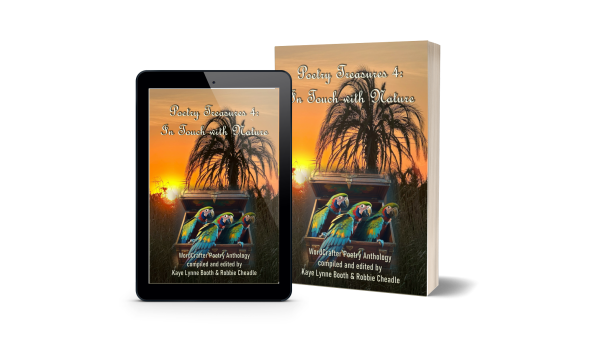
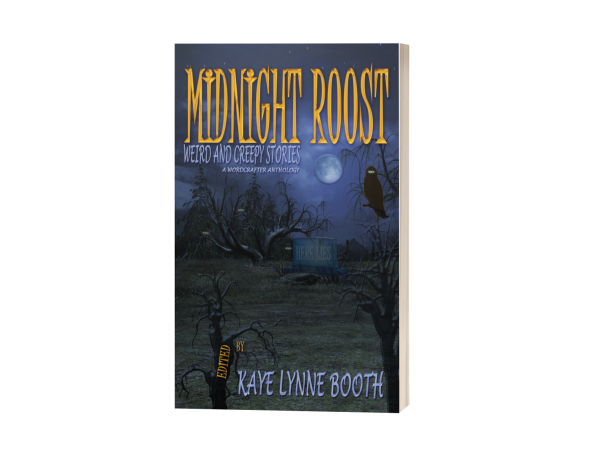



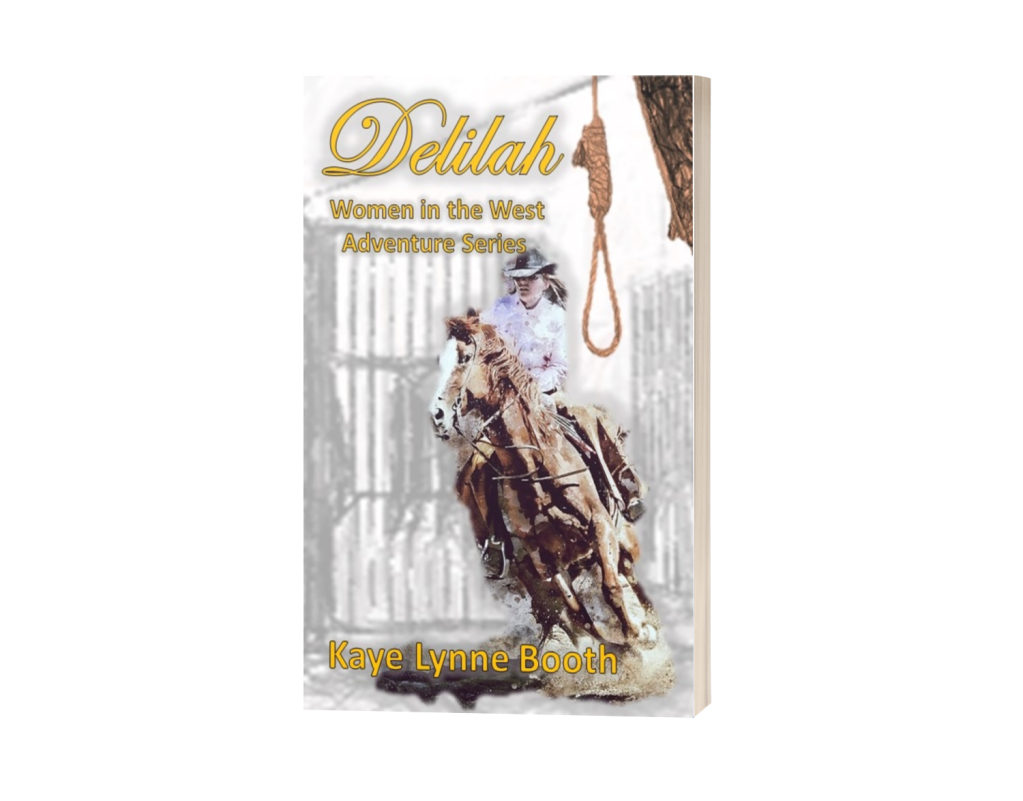

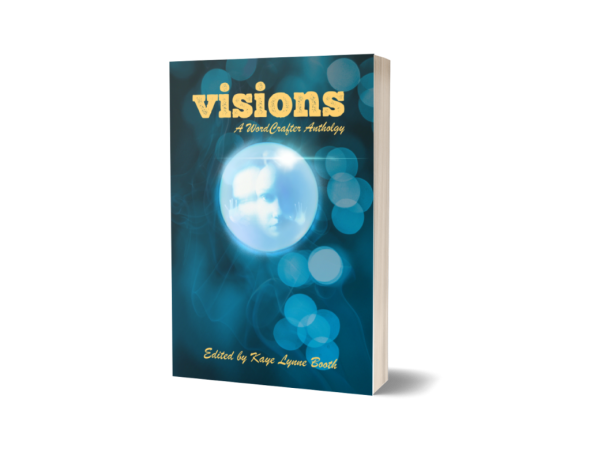
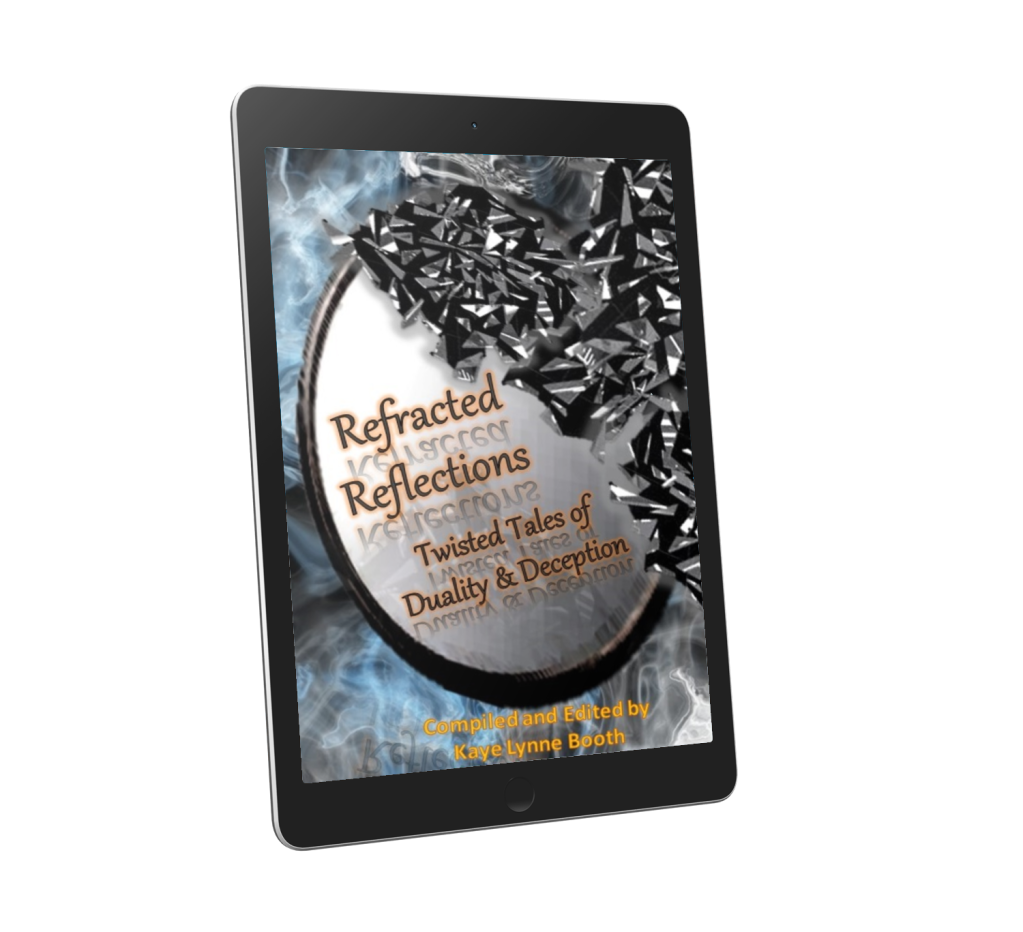

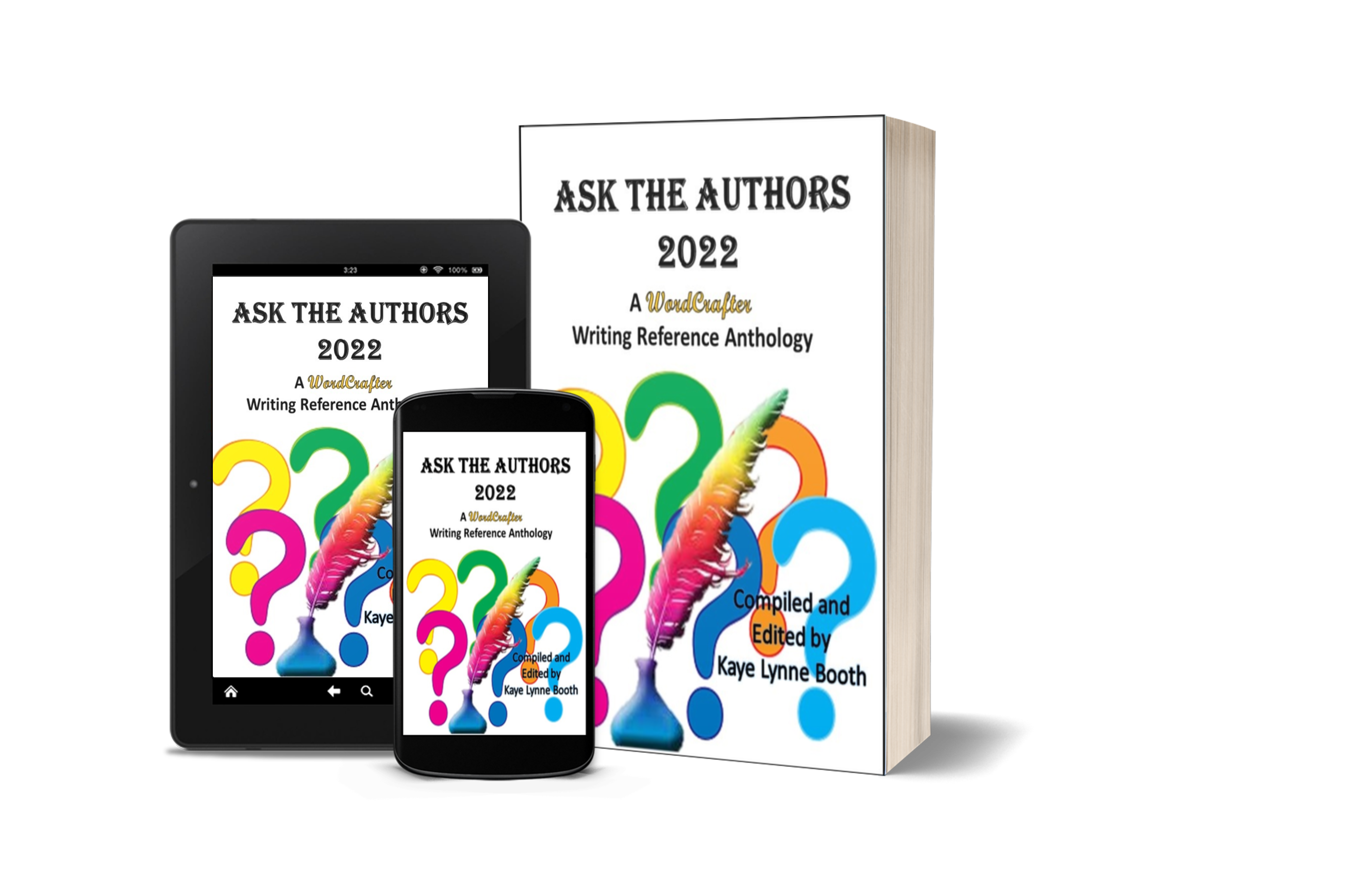


Reblogged this on Pattys World.
LikeLiked by 1 person
Hi Patty, Thanks for the reblog! -Sara
LikeLiked by 1 person
Thanks, Patty. ❤️
LikeLike
Hi Kaye, Wow! Thank you for such a great review! I raise a glass of vino to your for hosting me on this warm and welcoming week long blog tour. What a wonderful way to launch my new books. And yes, a very silly, literary wine journal–tasting notes described by author styles–is due out this month. You win a copy! – Sara
LikeLiked by 1 person
You are most welcome, Sara. I very much enjoyed reading both books, and can’t wait for the wine journal. Woohoo! 🎉
It has been a great eight day tour. Your story inspirations are fascinating, and the resting stories are quite entertaining. Thanks for sharing them on this tour. ☺️
LikeLike
HI Kaye, this is a very interesting post. Speculating that the great Michaelangelo, whose work I have seen in Florence, is a forger is a most intriguing idea. Congratulations to Sara on a fabulous tour.
LikeLiked by 1 person
Hi Robbie, Yes, that thought does put an interesting twist on the history we thought we knew. 😉
LikeLiked by 1 person
Hi Robbie, it’s known that Michelangelo forged a few antiquities. He actually carved statue pieces–a leg here, a head there–and buried them in the ground to study the “antique aging” process, like soaking paper in tea to make it look old.
There’s a famous story where an “antique” leg was sold to a cardinal for a high price, and then later Michelangelo admitted to the deceit. The cardinal was so impressed, he kept it. LOL!
There are so many strange occurrences with the discovery of Laocoön, I’ve personally come to the conclusion that the statue thought to be from the Hellenistic period, is actually a forgery by Michelangelo and had been buried in the earth for less than a year.
Who was involved in the deception and the reasons why it was done … That’s where it gets really interesting. I’ll let you know when I rewrite my horrible 800-page novel and turn it into something readable. LOL!
LikeLiked by 2 people
Hi Sara, thanks for this interesting information. I had no idea about this forging process. You certainly live and learn. You can do the re-write, a chapter at a time with other things in-between. That’s what I do with my books.
I has been really lovely meeting you, Sara. I have enjoyed your tour a great deal. If you’d like to stay in touch, my email is sirchoc[at]outlook[dot]com
LikeLiked by 1 person